English Winter Bird Survey

Survey participants helped build a picture of how our winter birds fare on lowland farmland in England. Thank you to all who participated and contributed to the dataset.
Read articles on the results of the survey published in BTO News:
-
English Winter Birds Survey - Final Results (BTO News Winter 2020)
English Winter Birds Survey - Final Results (BTO News Winter 2020) (PDF, 493.92 KB) -
English Winter Birds Survey - Final Results (BTO News Winter 2019)
English Winter Birds Survey - Final Results (BTO News Winter 2019) (PDF, 791.13 KB)
The purpose of this survey was to investigate how wintering birds and Brown Hare benefit from using Agri-environment scheme (AES) options in winter, which remains a major gap in our knowledge. This work complemented existing studies that have successfully evaluated the effects of AES options on farmland birds and will further our understanding of why the majority of breeding farmland birds are still in decline.
What was required?
This single winter survey used entire network of Breeding Bird Survey (BBS) 1-km squares and their survey transects during winter. Up to four visits were required between 1 December 2018 and 31 March 2019, to record all birds and Brown Hare along a fixed route, by distance band and transect section (as for BBS).
Some basic, but essential, habitat recording was required for each transect section to assess how much farmland feeding habitat (e.g. stubbles, wild bird covers, etc) was available during each winter visit. The main focus of this survey was lowland farmland in England, however, but we welcome volunteers to take up squares that contain all other habitats.
Further information
More detailed survey information, including instructions and recording forms are available on the EWBS methods page and all survey documents can be downloaded from the resources page.
EWBS survey organisers: David Norfolk and Greg Conway - email: winterbirds [at] bto.org


This survey is organised in partnership with Natural England and Defra.
Acknowledgements
The EWBS is largely based on the field methods of the Breeding Bird Survey, and their online data entry system. The Breeding Bird Survey is run by the British Trust for Ornithology (BTO) and is jointly funded by BTO, the Joint Nature Conservation Committee (JNCC) (on behalf of the statutory nature conservation agencies: Natural Resources Wales, the Department of Agriculture, Environment and Rural Affairs Northern Ireland, Natural England and Scottish Natural Heritage), and the Royal Society for the Protection of Birds (RSPB). Thank you.
Winter Bird Survey recording options for 2019/20 and beyond
Following our decision not to run a winter bird survey in winter 2019/20, we are actively pursuing funding opportunities as this survey remains a high priority for BTO to run in the future.
We’ve had a number of enquiries to ask if there is anything volunteers can do to help collect data over winter months. Here are two suggestions:
- Submit records to BirdTrack (www.birdtrack.net). Ideally, this should be a ‘complete list’ recording all the species you see and hear on your site. Lists from all habitats will help build up a better picture of distribution in winter, and ‘complete lists’ will contribute to the reporting rate graphs, and of course will provide valuable data for local bird clubs.
- Make up to four visits to your BBS square between December and March to record birds only, and enter the data into BirdTrack. It’s important that you follow the BBS transects and record the combined total for each species seen from them. Create a site in BirdTrack that is a 1-km square and carry out your visit as you would for BBS. When you enter your total counts in BirdTrack, in the comments box for EACH SPECIES, enter WINBS. If you record additional species in the walk between your transects then do not add WINBS in the comments box as we don’t count these in BBS methods.
We cannot commit to analysing these records, but welcome additional information from the winter, across all habitats.
Time / skill required
Project timeline, contributions & findings
Project timeline
- 5/11/18 - Survey data entry application launched
- 1/12/18 - Start of survey period
- 31/3/19 - End of survey period

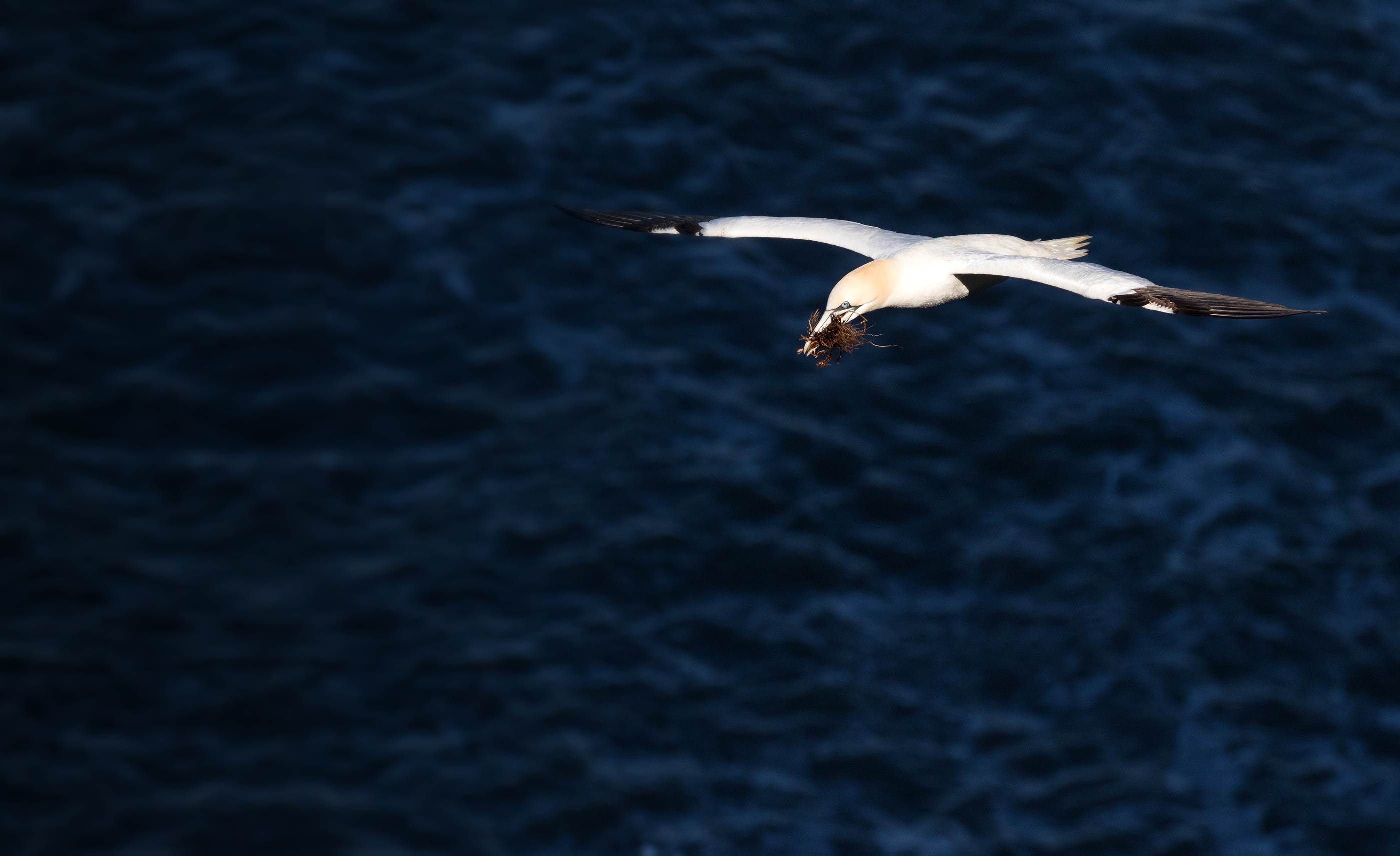
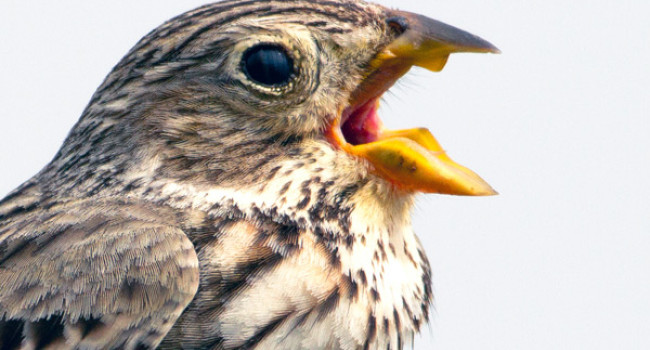
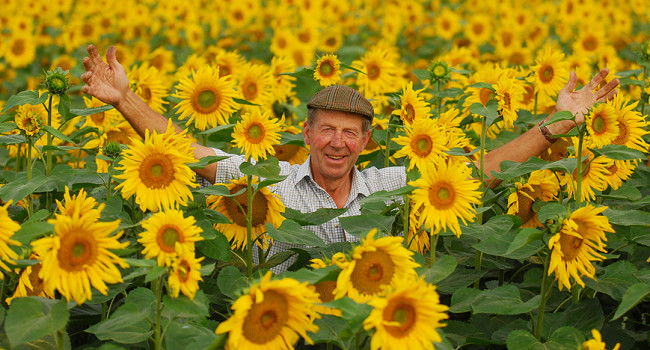
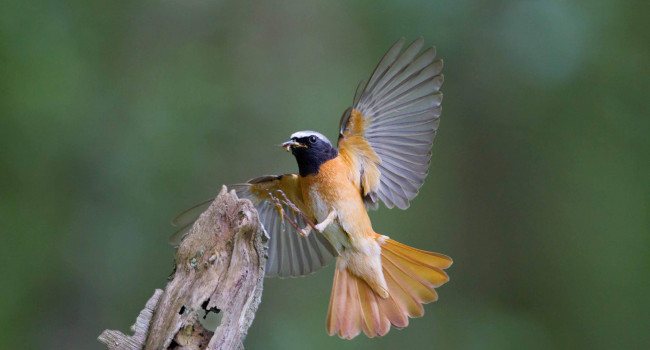
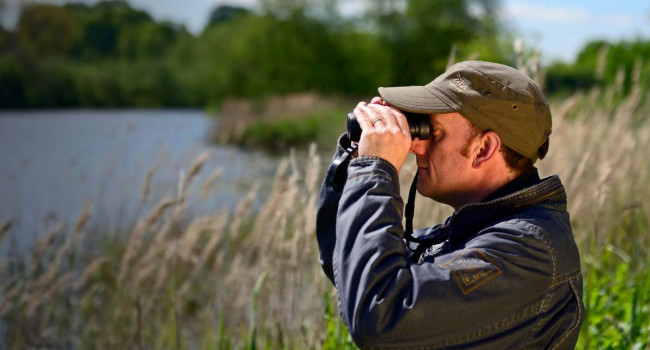

Share this page